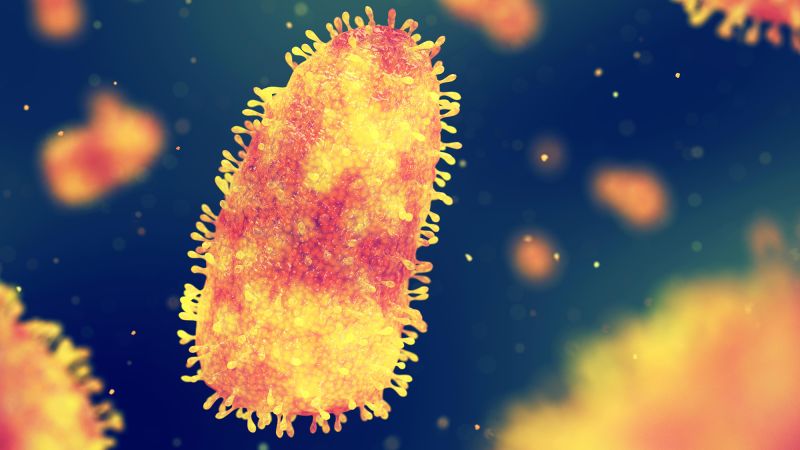
Understanding Chagas Disease: Symptoms, Transmission, and Prevention
World | 9/19/2025
The ‘kissing bug’ disease, also known as Chagas disease, is a parasitic infection caused by the Trypanosoma cruzi parasite. While primarily found in Latin America, cases have been reported in the United States, with an estimated 300,000 people currently living with the disease in the country. The disease is transmitted to humans through the feces of triatomine bugs, commonly known as ‘kissing bugs,’ which bite humans, often around the face, hence the nickname.
Symptoms of Chagas disease can vary from mild to severe and include fever, fatigue, body aches, rash, and swelling at the site of infection. If left untreated, the disease can lead to serious cardiac and gastrointestinal complications, potentially becoming life-threatening. Treatment is most effective when the infection is detected early, as the chronic phase of the disease can be challenging to manage.
Preventive measures against Chagas disease include keeping homes clean and free of pests, sealing cracks and crevices where bugs can enter, using screens on windows and doors, and sleeping under insecticide-treated bed nets. Due to the potential health impact of Chagas disease, healthcare providers in the US are advised to consider the possibility of the infection in individuals with relevant symptoms, especially those with a history of travel to endemic regions.
Public awareness and education play a crucial role in preventing and managing Chagas disease. A medical expert highlighted the importance of early detection and treatment, stating, “Timely diagnosis is key in preventing the progression of Chagas disease and reducing its impact on individuals.” Continued research and surveillance are essential in understanding the prevalence and distribution of the disease in the US, ensuring effective public health responses to mitigate its spread.


